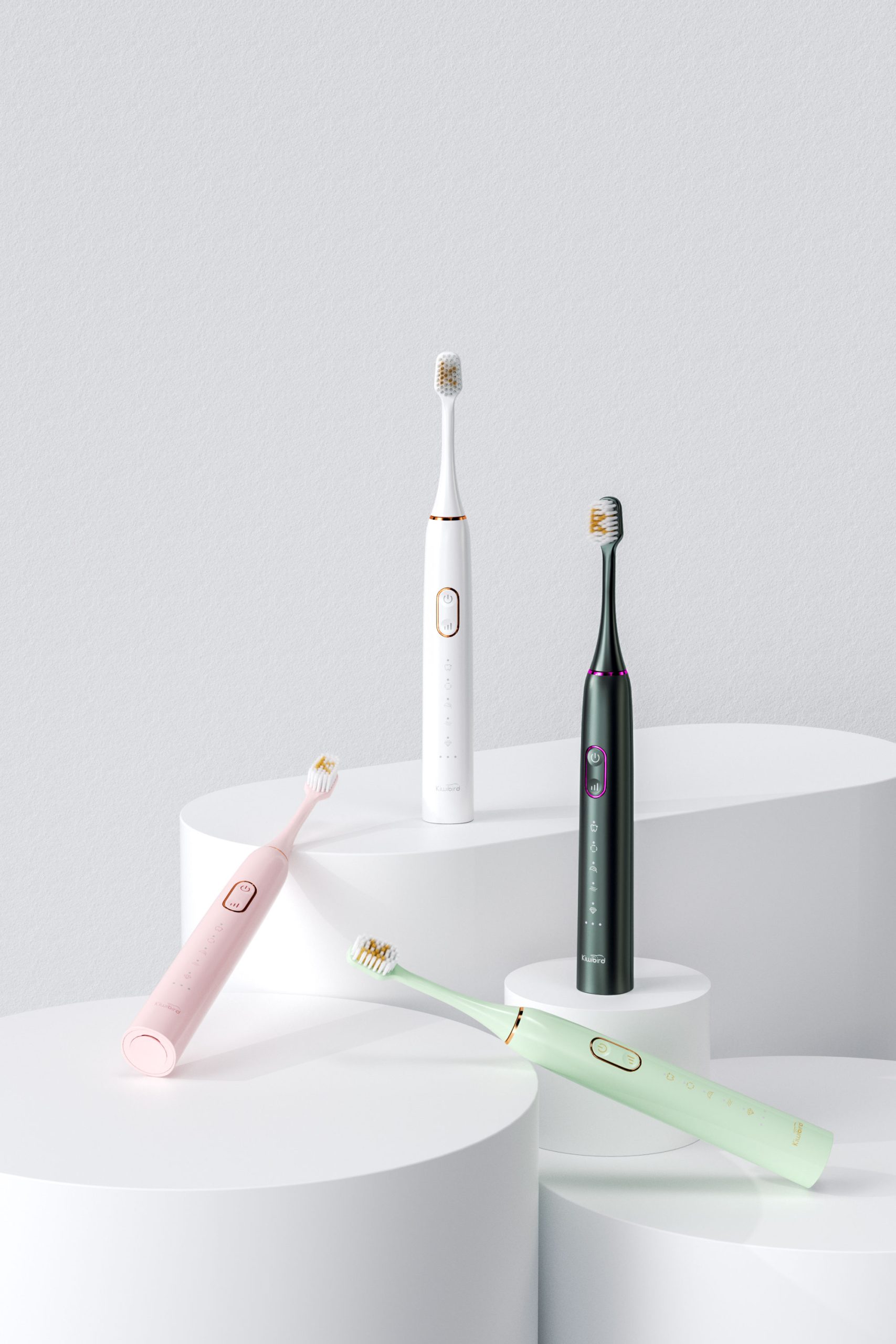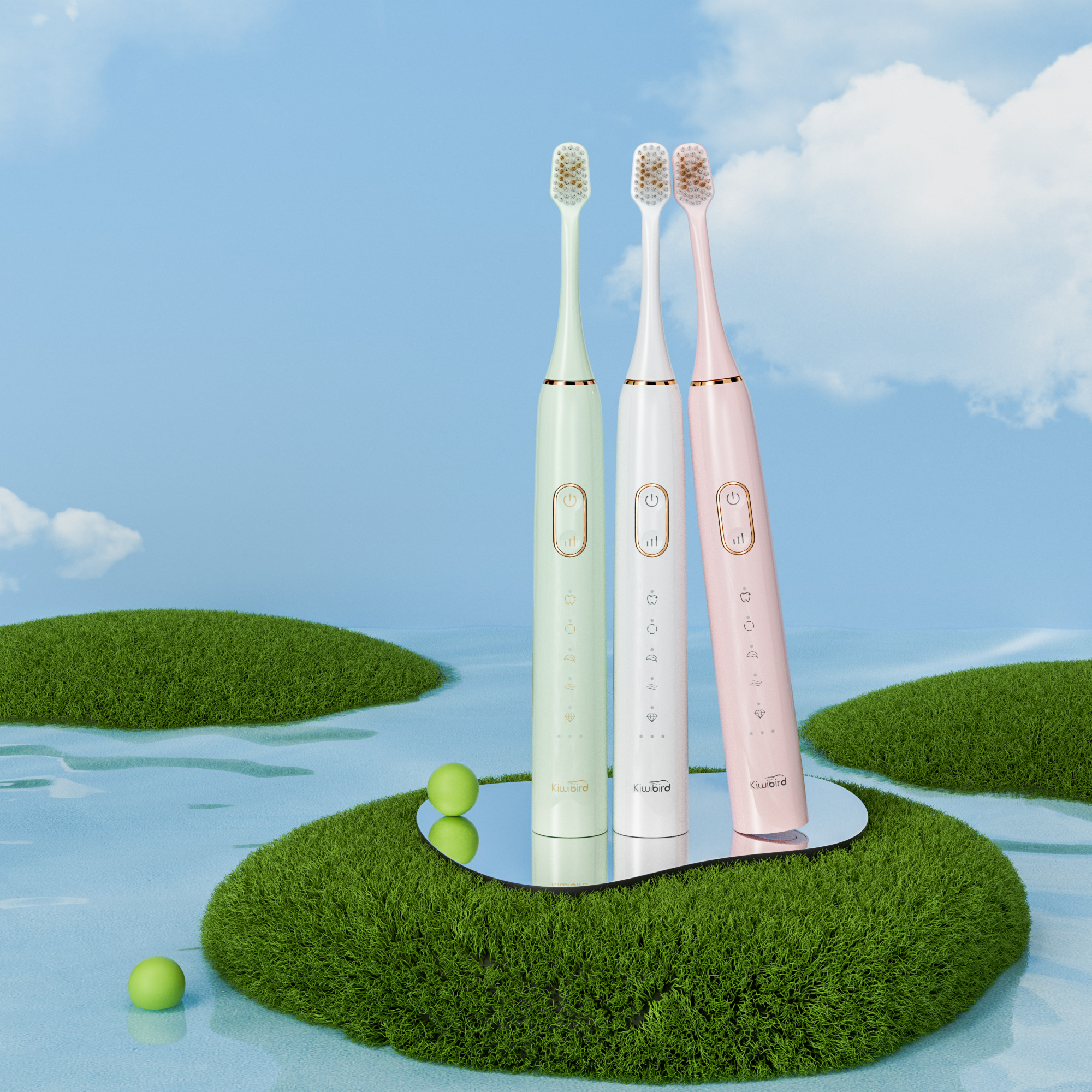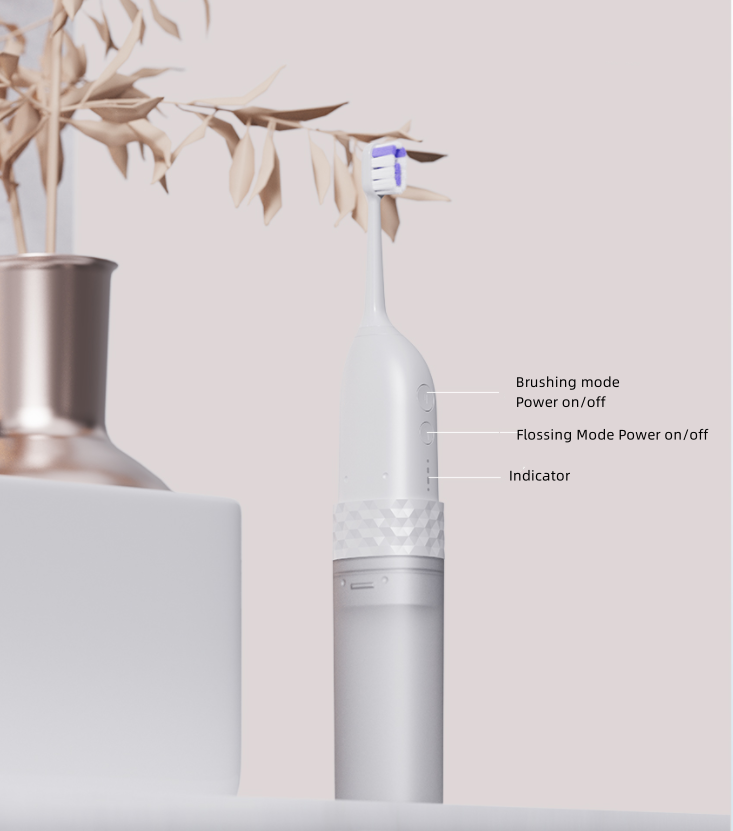Enamel scratching and gum irritation are increasingly reported by consumers using advanced oral care devices. While each issue on its own can be manageable, when combined they can lead to cumulative damage that is difficult—and sometimes impossible—to fully reverse. In this blog, we’ll explore whether enamel scratching caused by gum irritation is truly reversible and what steps manufacturers can take to mitigate these problems.
Gum irritation develops due to several factors:
Once the gums are inflamed, they become more sensitive and prone to bleeding.
When users experience gum irritation, they often change their brushing technique subconsciously, applying inconsistent pressure or scraping the enamel surface in an attempt to clean more gently.
This combination leads to:
Over time, the protective enamel layer becomes thinner and rougher.
Unlike gum tissue, which can regenerate to some extent, enamel does not regrow once it is worn away. While remineralization treatments and fluoride applications can strengthen remaining enamel, deep scratches are effectively permanent.
However, early-stage micro-scratches may be partially mitigated by:
Therefore, prevention is far more effective than trying to reverse the damage later. Company web:https://www.powsmart.com/product/electric-toothbrush/
.jpg)
.jpg)
Manufacturers can take proactive measures to help prevent enamel scratching and gum irritation:
Such design improvements not only protect enamel but also enhance user satisfaction.
B2B brands should also equip their partners with training materials and resources to help end users avoid damage:
Proactive education strengthens trust and reduces warranty claims.
Finally, consider implementing smart feedback loops:
These systems enable continuous improvement and fast response to emerging issues.
Conclusion
While enamel scratching caused by gum irritation can sometimes be stabilized, it is rarely fully reversible. For manufacturers, the priority must be prevention through thoughtful design, clear instructions, and robust user support. By addressing these factors proactively, B2B suppliers can deliver safer, more reliable oral care solutions that protect both enamel and gum health. Contact us
Seal Degradation Leading Bacterial Regrowth – Preventable?
.jpg)
OEM Essentials for Electric Toothbrush Production

Is Whitening Possible for Sensitive Teeth?
Mode Confusion Worsening Runtime Shortening – Fixable?

Is a TSA Friendly Toothbrush with Portable Toothbrush Case Truly Hassle-Free at Airports?
Charging Corrosion Causing Motor Burnout?

Does Clinical Gum Mode Really Work?
-2-scaled.png)
Clinical Validation of Modern Teeth Whitening Technologies: A Guide for Oral Care Product Brands
Chemical Residues Triggering Throat Irritation – Toxic?

The Power of Teeth Whitener & Toothbrush Bundles
Cleaning Residue Plus Bristle Hardening – Double Trouble?
Vibration Decay with Timer Malfunction – Time to Retire?
.jpg)
How Does Powsmart App Connectivity Turn Real-Time Brushing Data into Actionable Insights?
.jpg)
Gentle Sonic Vibrations Electric Toothbrush for Sensitive Teeth

Electric Toothbrush for Dentists & Clinics – Custom Branding Options

Is It True That Portable Teeth Whitening Devices Have No Effect at All?

Private Label Whitening Gel

electric toothbrush heads Regular Clean

Customization Teeth Whitening Gel

Electric toothbrush heads Charcoal Infused-Diamond
.jpg)
Florida Electric Toothbrush – Powsmart PTR-C8

electric toothbrush heads Charcoal Infuse-Round

electric toothbrush heads Ultra Soft

electric toothbrush heads Deep Clean
whstapp
whstapp
National Toll-Free Service Hotline
+86 755 86238638